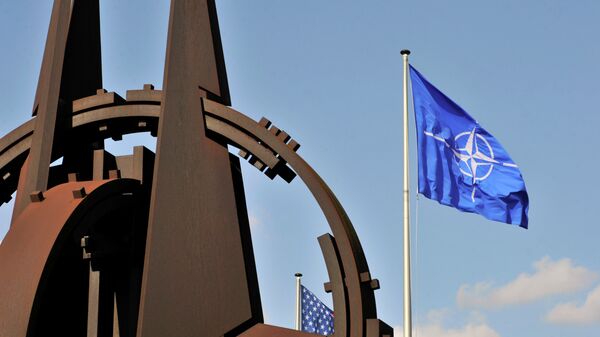WASHINGTON (Sputnik), Leandra Bernstein — The US military is central to the overall strength of NATO in Europe as European allies’ defense spending and capabilities decline, experts at the International Institute of Strategic Studies (IISS) said in a Tuesday press briefing.
“Though the US has substantially reduced its presence on the [European] continent, its military commitment remains significant,” IISS defense and military analyst, James Hackett said.
In 2014, the United States ranked as Europe’s eighth largest air force and tenth strongest military in terms of active personnel, according to research published in the IISS 2015 Military Balance report, an annual assessment of global military capabilities and defense economics.
US-based IISS research associate for defense economics, Giri Rajendran, noted that despite the accession of new NATO partner states, the overall real defense spending of the alliance’s European members has declined over the past 30 years.
“Real defense spending in NATO Europe in 2013 was some 18-19 percent down from its Cold War peak in 1990, despite the European membership of the alliance growing…from 14 to 26 states over the period,” Rajendran explained.
Compared to the lower US and European NATO outlays, Russia’s real defense spending has grown by an average of 10 percent per annum over the past three years, Rajendran noted.
In 2014, the combined defense spending by China, Russia, and Saudi Arabia accounted for more than 50 percent of all real global increases.
The IISS is an independent think tank based in the United Kingdom with a global focus. The Institute is renowned for its annual Military Balance report, which provides analysis of 171 countries’ armed forces. The most recent IISS Military Balance 2015 report was released in February 2015.




